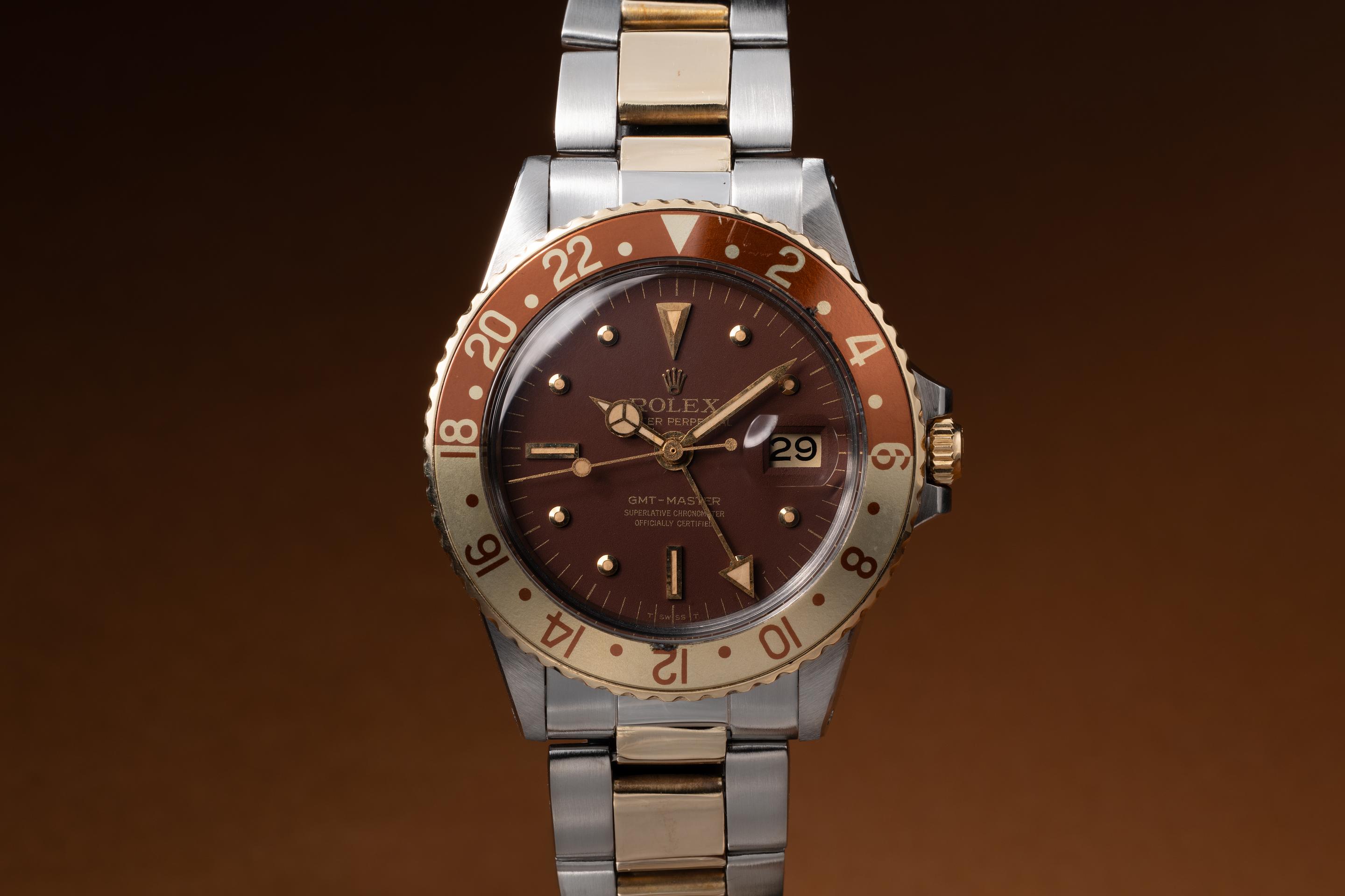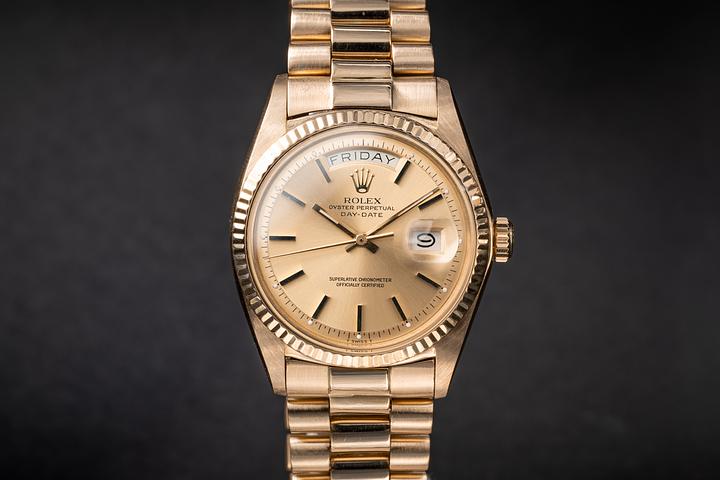Rolex GMT-Master History and Evolution of an Iconic Timepiece

The Legacy of the Rolex GMT-Master: A Horological Icon Shaped by Aviation and Precision
Few timepieces carry the historical weight, mechanical sophistication, and cultural prestige of the Rolex GMT-Master. Born in an era defined by technological innovation and globalization, the GMT-Master was not merely a response to the needs of international travelers—it was a definitive solution. Developed in close collaboration with Pan American World Airways in the 1950s, this watch quickly rose to prominence as a pilot’s indispensable tool, and later, as a global symbol of refinement and performance. Understanding the Rolex GMT-Master's origin, function, continual evolution, and place within Swiss watchmaking reveals a compelling narrative where purpose meets legacy in the most enduring ways.
Genesis of an Aviation Icon
Launched in 1955, the Rolex GMT-Master was engineered during a pivotal moment in aviation history. With transcontinental flights becoming increasingly common, pilots faced the practical challenge of tracking multiple time zones. International carriers, especially Pan Am—then a pioneering force in intercontinental aviation—sought a reliable instrument that could seamlessly display both local and home (GMT) time. Rolex, already established for its technical exactitude, answered this call with the creation of a dual-time watch that would change the landscape of professional horology. Referenced initially as the GMT-Master ref. 6542, the watch featured a fourth hand that revolved every 24 hours and a rotating bezel marked with a 24-hour scale. This allowed aviators to quickly calculate time differences, boosting operational efficiency across global flight routes.
The Mechanics Behind the Movement
The signature dual-time functionality of the GMT-Master was enabled by a thoughtfully modified automatic movement. The early ref. 6542 housed the calibre 1036, later evolving through various iterations including calibres 1565, 1575, 3075, and ultimately, the 3285 in contemporary references. Each movement iteration brought refined accuracy, increased power reserve, and greater degree of adjustability of the GMT hand. The noteworthy shift came with the GMT-Master II in the early 1980s, which allowed the hour hand to be independently adjusted from the GMT hand—transforming the watch from a time conversion tool to a flexible travel companion. It also allowed wearers to adjust the local time without stopping the watch, preserving accuracy and revealing the brand’s resolve toward engineering excellence.
Aesthetic and Functional Evolution
The Rolex GMT-Master’s stylistic evolution is as compelling as its functional development. From the early Bakelite bezels of the 1950s—eventually replaced by more durable anodized aluminum inserts, and later, the scratch-resistant Cerachrom bezels—the watch consistently projected clarity, legibility, and durability. The original red and blue bezel became widely known as the "Pepsi" configuration, a colorway deeply associated with the collection’s aviation roots. Other color options such as the black and red “Coke”, all-black variants, and the blue and black “Batman” emerged in later editions, offering a range of interpretations while remaining true to the watch’s core identity. The range of metals also expanded, from stainless steel to Rolesor (a combination of steel and gold), and full precious metal executions in yellow gold, white gold, and Everose gold. Case sizes remained conservative at 40mm for decades, until the 2023 GMT-Master II saw a subtle lug refinement while retaining its classic proportions.
The GMT-Master’s Place in Swiss Watchmaking
Rolex’s dominance in the Swiss watch industry cannot be overstated, and the GMT-Master family is a central pillar in that legacy. As a certified chronometer, every GMT-Master model carries COSC certification, with modern references undergoing Rolex’s internal Superlative Chronometer tests to ensure -2/+2 seconds per day precision. This stringent standard places Rolex among the most accurate mechanical watchmakers globally. The Swiss industry—known for its confluence of heritage, innovation, and regulation—has in many ways modeled aspects of technical professionalism around the practices Rolex helped shape. Moreover, the GMT-Master’s blend of utility and elegance set the standard for tool watches that could occupy the boardroom and the cockpit with equal poise. In design, execution, and reliability, it is emblematic of what Switzerland has come to represent in the global imagination: a commitment to perfection and multifunctionality with timeless allure.
Contemporary Models and Collector Insight
The current GMT-Master II collection, identifiable by references such as 126710BLRO or 126711CHNR, features the five-pointed Rolex coronet at 6 o’clock—signaling a new era of balance between heritage and modernity. These models incorporate the in-house calibre 3285, boasting a 70-hour power reserve, Chronergy escapement, and rotor-based self-winding mechanism. For collectors, vintage references like the 1675—produced from 1959 to 1980—have become highly desirable due to their plexiglass crystals, patinated tritium dials, and transitional features. The rare “Albino” prototypes, military-issued versions, or early Bakelite bezels continue to command exceptional interest on the secondary market. Importantly, the GMT-Master family's desirability has never depended solely on rarity; its sustained production has not diminished its status but instead reaffirmed its universal appeal.
The Future of the GMT-Master
As Rolex continues to subtly refine its classics, the GMT-Master’s future lies in its ongoing dialogue between form and function. With the watch industry increasingly emphasizing sustainability, advancements in metallurgy, and chronometric efficiency, the GMT-Master remains well-positioned to evolve while retaining fidelity to its historic role. Whether through new bezel material innovations, expanded material configurations, or enhanced movement durability, Rolex will likely pursue iteration over reinvention. This is consistent with the brand’s deep-seated design language: steady, purposeful change guided by utility and tradition. Above all, the Rolex GMT-Master endures not just as a technical object but as a cultural artifact—a piece capable of transcending generations while continually meeting the demands of modernity.




